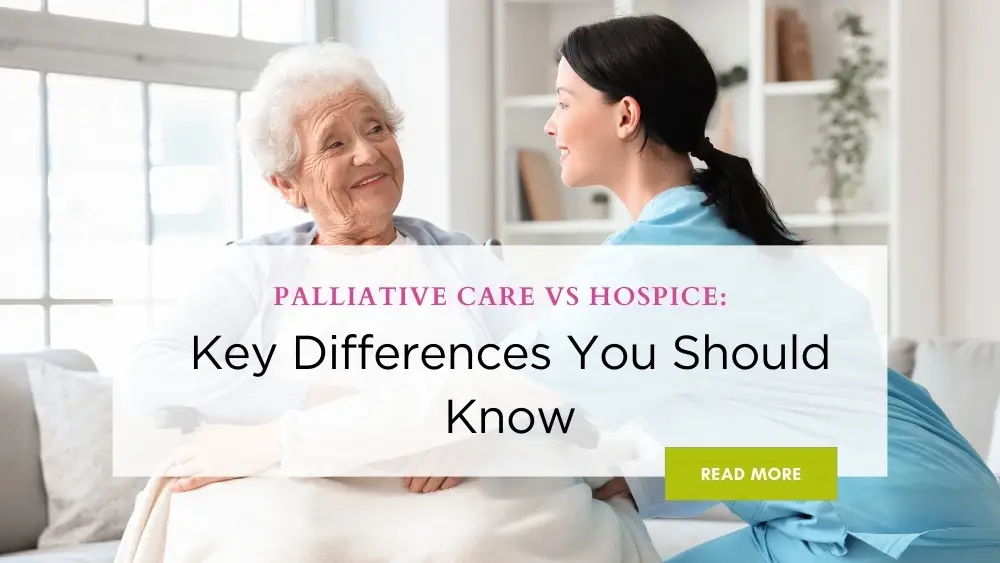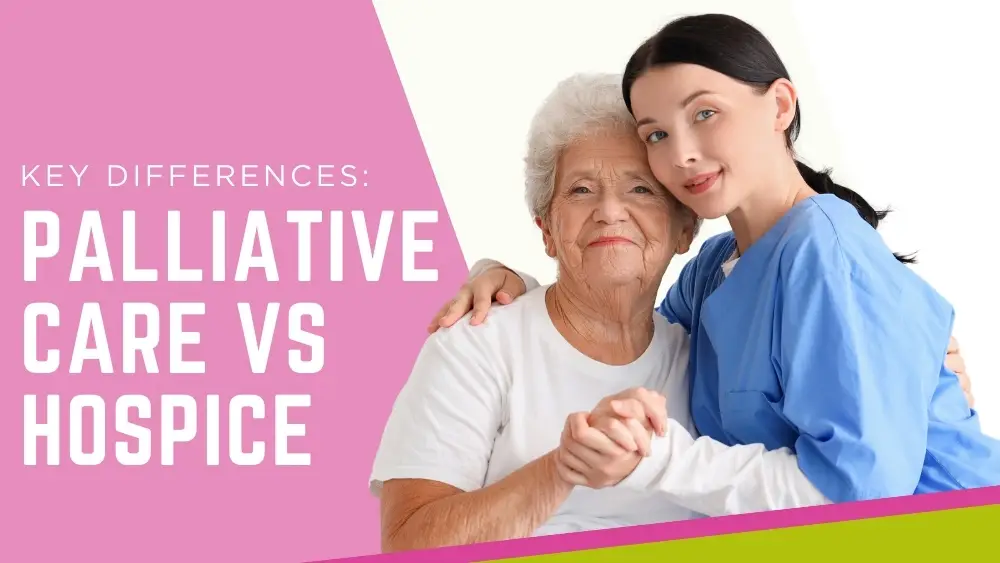Making decisions about care for a loved one is never easy—there’s so much more than just medical options at play. It’s about comfort, dignity, and emotional support during challenging times. Understanding the differences between palliative care vs hospice can help families make informed choices during difficult times. Both options focus on improving quality of life, but knowing which type of care fits your situation best can bring peace of mind. Whether you’re exploring care for yourself or someone close, having clear, compassionate information is the first step toward finding the support you truly need.
What Is Palliative Care?
Palliative care is specialised support focused on relieving the symptoms and stress that come with serious illnesses. Unlike hospice, palliative care can begin at any stage of a serious illness, which means it can be provided alongside treatments aimed at curing or managing the condition. This type of care is designed to improve quality of life by addressing pain, discomfort, and emotional challenges. It’s ideal for anyone dealing with chronic illnesses like heart disease, cancer, or respiratory conditions, where ongoing symptom management is crucial. Palliative care isn’t limited to hospitals—it’s also available in homes, clinics, and care facilities, offering flexibility and comfort tailored to each individual’s needs. By focusing on both physical and emotional well-being, palliative care helps patients and their families navigate the complexities of illness with dignity and support.
What Is Hospice Care?
Hospice care is a specialised form of support provided during the final stage of life, focusing entirely on comfort and quality rather than curative treatments. Typically, hospice care is offered to individuals with a life expectancy of six months or less, when the goal shifts from fighting the illness to ensuring dignity and peace. The emphasis is on managing pain and symptoms, while also providing emotional, spiritual, and practical support to both patients and their families. Hospice care can take place in a patient’s home, dedicated hospice facilities, or care homes, depending on what feels most comfortable and appropriate. This compassionate approach helps ease the physical and emotional burdens at the end of life, offering a supportive environment where every moment is respected and valued.
Key Differences: Palliative Care vs Hospice
When deciding between palliative care vs hospice, understanding their main differences can help families choose the best path for their loved ones. Here’s a quick comparison to clarify how each works:
- Timing: Palliative care can begin at any stage of a serious illness, even alongside treatments aimed at curing the condition. Hospice care, however, is specifically for the final stage of life, usually when life expectancy is six months or less.
- Treatment Focus: With palliative care, curative treatments are still an option. The goal is to manage symptoms and improve quality of life while continuing medical care. Hospice care focuses solely on comfort, pain relief, and emotional support, without curative treatment.
- Duration: Palliative care can be long-term and flexible, adapting as the illness progresses. Hospice care is generally limited to the end-of-life phase and is time-sensitive based on prognosis.
- Cost & Coverage: Both palliative and hospice care may be covered by insurance or Medicare, though hospice benefits are often more specific, designed to cover end-of-life services fully.
- Care Team: Both care types use a team approach, involving doctors, nurses, social workers, and sometimes chaplains. The shared goal is providing holistic support tailored to the patient’s needs and family.
Understanding the difference between hospice and palliative care services can make a huge difference when navigating these challenging decisions. Each offers vital support, but knowing when and how they apply helps families feel more confident and supported during difficult times.
When to Choose Each Type of Care

Deciding whether to choose palliative care or hospice care can feel overwhelming, but knowing the signs can help guide you. If your loved one is still undergoing treatments to manage their illness but struggles with symptoms like pain, fatigue, or emotional stress, palliative care is a great option. It works alongside curative treatments to improve quality of life at any stage.
Hospice care usually becomes appropriate when treatments are no longer effective, and the focus shifts entirely to comfort—often when a doctor estimates a life expectancy of six months or less. Signs might include increased hospital visits, weight loss, or a decline in daily functioning.
Remember, choosing either type of care is about enhancing well-being and providing support, not giving up. It’s about making sure your loved one feels cared for, comfortable, and valued every step of the way. Whichever option you choose, compassionate care is always at the heart of it.
Making the Right Choice with Compassion
Every journey with serious illness is unique, and so is every care decision. Understanding the key differences between palliative care and hospice helps you choose the right support—whether it’s managing symptoms alongside treatment or focusing on comfort at life’s end.
Live In Care Angels offers compassionate, personalised care tailored to your loved one’s needs, bringing comfort and dignity into your home. If you or someone you care about is facing a serious illness, don’t hesitate to contact us for your trusted care provider. Exploring your options early means finding the right kind of support, helping you feel reassured every step of the way.


